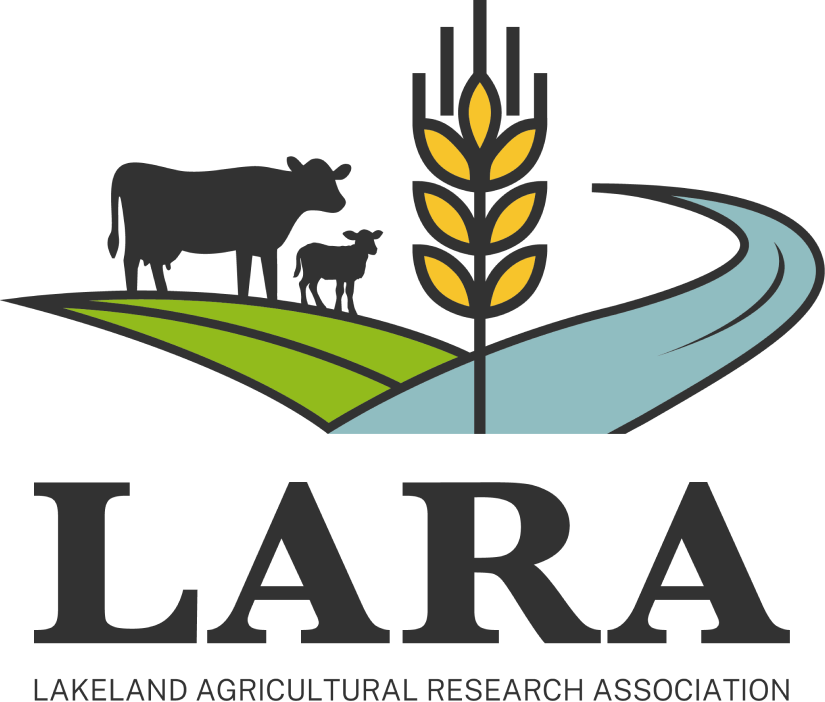Forage Peas
The inclusion of peas into the production of an annual cereal crop can provide multiple benefits to producers. Fertilizer costs could be reduced due to the ability of peas to fix nitrogen, which could also impact overall soil fertility. Peas have a high protein content and will therefore add protein to the overall forage quality. As well, the inclusion of peas can reduce pressure from grassy weeds.
The effects on yield of the inclusion of peas is not clear as previous results in the Regional Silage Trials indicate that straight cereal plots out-yield the mixtures. This differed from what local producers were seeing in on-farm production of pea-cereal mixtures. Consequently, LARA developed the Forage Pea Trials to look at multiple aspects of pea-cereal agronomy to improve both economics and production.
Pea Variety Trial
The majority of older research reporting little to no increase in yield for pea-cereal mixtures utilized older field pea varieties. In contrast, recent research into forage pea varieties have reported some yield advantages to pea-cereal mixtures. From data collected by LARA, the only producer who was unhappy with his pea-cereal mixture had used yellow field peas and found them outcompeted by the cereals. The Forage Pea Variety Trial will compare forage pea and field pea varieties in mixture with Cowboy barley.
Harvest Date
The RST provincial protocol bases harvest timing of pea-cereal mixtures on the recommended maturity stage for cereals, whereas, producers tend to harvest the mixtures when the cereals are quite mature. This is one of the biggest differences between the LARA trials and on-farm practices. The LARA plots appear to be harvested to soon and, due to the high moisture content of the peas, this may be causing yields to be underestimated. The moisture that peas add to the cereals means the cereals can be harvested at a later date. As well, due to undeterminate growth, forage peas may mature later and further delay harvest. Consequently, the Forage Pea Harvest Date Trial will compare different harvest dates to determine the ideal timing for harvesting pea-cereal mixtures.
Fertility Trial
The RST Pulse trials use inoculated peas and 50 lbs of 11-52-0-0 at the time of seeding (and 50% of recommended rate for cereal check plots). However, this is not occurring in on-farm practices as most producers tend to fertilize their mixtures because they feel that the peas do not produce enough nitrogen early enough in the year to provide for the cereal crops. The Forage Pea Fertility Trial will compare different levels of fertilizer inclusion at the time of seeding.
Mixtures
In the LARA trials, peas are included at 75% of the recommended rate in combination with cereals at 50% of the recommended rate. However, the amount of peas versus cereals in the mixture seems to be a fine line – much of the yield comes from the cereals, but the peas need to be included at a high enough rate that they can compete and impact forage quality. In 2012, LARA added the Forage Pea Mixtures Trial to compare different rates of pea and cereal inclusion.
Click here to read full report!
To read more about Annual Forage, click here.

